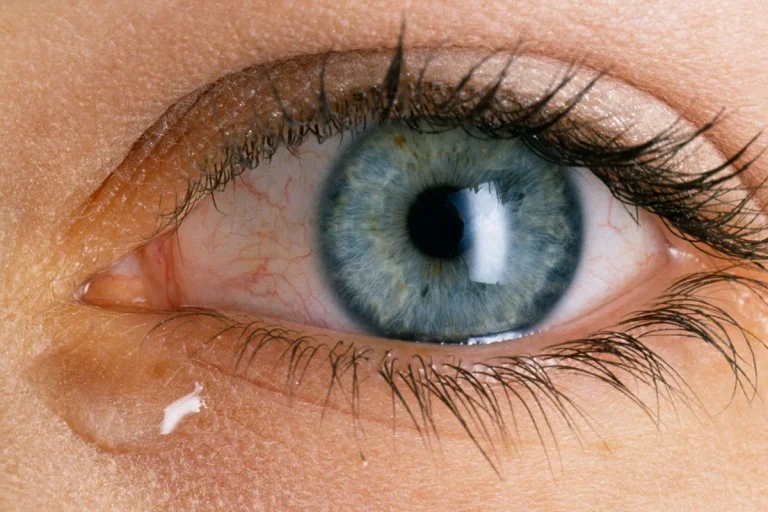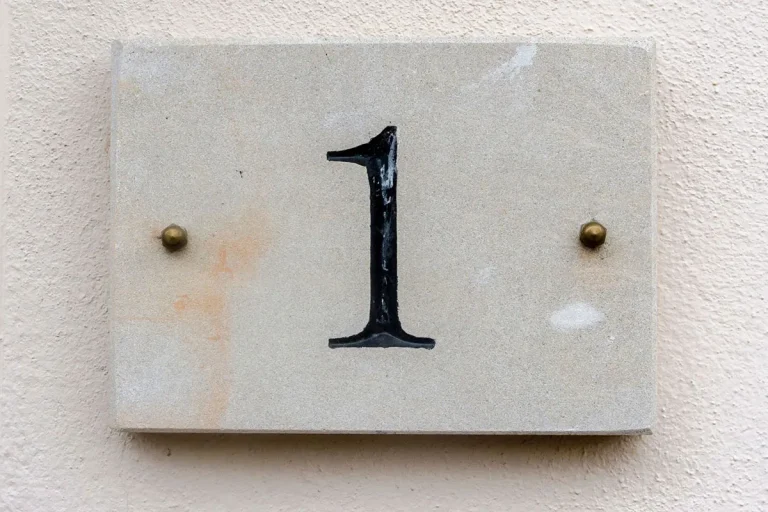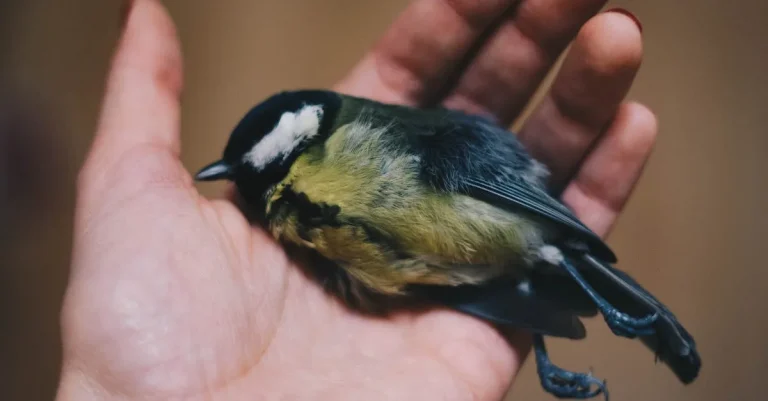If you’ve ever lit a candle, you may have noticed the wick start to curl as the candle burns. But what does candle wick curling actually mean? In short, it’s a signal that something is off with your candle.
In this comprehensive guide, we’ll explore the meaning behind curled wicks, why they happen, and what you can do to prevent them.
What Does a Curled Wick Mean?
If you’ve ever burned a candle and noticed that the wick starts to curl as it burns, you may be wondering what this means. A curled wick can actually provide valuable insights into the burning process of a candle. Let’s explore some of the possible meanings behind a curled wick.
It’s a Sign of an Improperly Wicked Candle
A curled wick is often a sign that the candle was not properly wicked during the manufacturing process. When a candle is made, a wick is typically placed at the center of the wax. If the wick is not properly centered or secured, it can result in an uneven burn and cause the wick to curl. This can lead to inefficient burning and a shorter burn time for the candle.
It Can Indicate Soot Buildup
Another possible reason for a curled wick is the buildup of soot. As a candle burns, it releases small particles of carbon known as soot. This soot can accumulate on the wick, causing it to become heavy and bend under its own weight. The curling of the wick can then affect the way the flame burns, leading to more soot production and potentially a smoky or dirty burn.
It Signals Uneven Burning
When a wick curls, it can also be an indication of uneven burning. If the flame is not centered properly and is burning more on one side, it can cause the wick to bend in that direction. This can result in an uneven melt pool, where the wax does not fully melt across the entire surface of the candle. Uneven burning can also lead to tunneling, where the candle burns down the center, leaving a rim of unburned wax around the edges.
Understanding the meaning behind a curled wick can help you troubleshoot any issues you may be experiencing with your candles. By ensuring that your candles are properly wicked and taking steps to prevent soot buildup and uneven burning, you can enjoy a cleaner, more efficient burn.
Common Causes of Curling Wicks
1. Wick is Too Thick or Thin
One of the common causes of curling wicks is when the wick is either too thick or too thin. The size of the wick plays a crucial role in the proper burning of a candle. If the wick is too thick, it can cause the flame to be too large, resulting in excessive heat and a higher chance of the wax pool becoming too hot. On the other hand, if the wick is too thin, it may not be able to draw up enough wax to fuel the flame, causing it to curl and produce a smaller flame. It is important to choose the appropriate wick size for the specific candle you are making or buying.
2. Wax Pool Too Hot
The temperature of the wax pool also affects the curling of the wick. If the wax pool becomes too hot, it can cause the wick to curl and create an uneven burn. This can happen when the candle is placed in a container that does not dissipate heat well or when the candle is burned for an extended period of time. To prevent this, it is recommended to use containers that are designed to handle high temperatures and to always follow the manufacturer’s guidelines for burning time.
3. Drafts or Breezes
Drafts or breezes in the environment where the candle is burning can also cause the wick to curl. When there is a constant flow of air around the flame, it disrupts the balance of heat and oxygen necessary for a steady burn. This can result in the wick curling and the flame flickering or extinguishing. To minimize the impact of drafts, it is best to place the candle in a location where it is protected from direct airflow.
4. Candle Container Shape
The shape of the candle container can also contribute to wick curling. Certain container shapes, such as wide-mouthed jars or shallow vessels, can create air currents that cause the flame to flicker and the wick to curl. The size and shape of the container should be considered when choosing the appropriate wick for the candle. It is recommended to use containers with a narrower opening or to use a wick holder to keep the wick centered and prevent curling.
Understanding the common causes of curling wicks can help you troubleshoot and prevent this issue in your candles. By selecting the right wick size, ensuring the wax pool is at the correct temperature, minimizing drafts, and considering the candle container shape, you can achieve a beautifully burning candle with a straight and even wick.
How to Fix and Prevent Curled Wicks
Trim the Wick
One of the main reasons why candle wicks curl is because they are too long. When a wick is too long, it tends to bend and curl, causing an uneven burn. To fix and prevent curled wicks, it is important to trim the wick before each use. Use a sharp pair of scissors or a wick trimmer to trim the wick to about ¼ inch before lighting the candle. This will ensure a clean and even burn, and help prevent the wick from curling.
Use Proper Wick Size
The size of the wick plays a crucial role in preventing wick curling. Using a wick that is too small for the candle can cause the flame to struggle, resulting in a curled wick. On the other hand, using a wick that is too large can lead to a large flame and excessive smoke. To fix and prevent curled wicks, make sure to use the proper wick size for the specific candle you are using. Consult the candle making supplier or refer to a reputable candle making guide to determine the correct wick size for your candle.
Control Burning Temperature
The temperature at which the candle burns can also affect the curling of the wick. If the candle burns at too high of a temperature, the wick can curl due to the excessive heat. To fix and prevent curled wicks, make sure to burn the candle at the recommended temperature. Follow the instructions provided by the candle manufacturer or refer to a reliable candle burning guide for the appropriate burning temperature.
Shield from Drafts
Drafts can significantly impact the burn of a candle and cause the wick to curl. Air movement from windows, fans, or air conditioning can disrupt the flame and cause it to flicker, leading to a curled wick. To fix and prevent curled wicks, make sure to place your candle in a draft-free area. Avoid placing candles near open windows or air vents. If necessary, use a candle snuffer or a lid to extinguish the flame and protect it from drafts.
Choose the Right Container
The type of container you use for your candle can also influence the curling of the wick. Containers that are too wide or shallow may not provide enough support for the wick, causing it to curl. To fix and prevent curled wicks, choose a container that is appropriate for the size of your wick. Opt for containers with a snug fit to ensure the wick remains straight during burning.
By following these tips and implementing proper candle care practices, you can fix and prevent curled wicks, ensuring a clean and even burn every time you light your candle.
When to Trim a Curled Wick
Trimming a curled wick is an important step to ensure your candle burns properly and safely. A curled wick can lead to uneven burning, excessive smoke, and decreased fragrance throw. Therefore, it is essential to monitor your candle’s wick and trim it when necessary. But when exactly should you trim a curled wick? Let’s find out.
1. Before lighting the candle
Before you light your candle, take a moment to inspect the wick. If you notice any curling or mushrooming at the tip, it’s time to trim it. A curled wick can cause the flame to flicker and produce excessive soot, which can stain your walls or furniture. By trimming the wick before lighting, you can prevent these issues and ensure a clean and consistent burn.
2. When the flame is too large
During the burning process, if you notice that the flame becomes too large or starts to dance around, it’s a sign that the wick needs trimming. A long wick can cause the candle to burn too hot, leading to faster wax consumption and potential safety hazards. By trimming the wick to a proper length (usually around ¼ inch), you can maintain a steady flame and extend the lifespan of your candle.
3. After each burn session
After extinguishing your candle, it’s a good practice to trim the wick before your next use. This ensures that the wick starts fresh and ready for the next burn session. Trimming the wick also helps to prevent carbon buildup and reduces the risk of black smoke or soot being released into the air.
Remember, always use the proper tools, such as wick trimmers or scissors, to trim your candle wick. Avoid using your fingers as it can be dangerous and potentially damage the wick. By following these guidelines and trimming your curled wick at the appropriate times, you can enjoy a longer-lasting, cleaner, and safer candle burning experience.
Do Curled Wicks Impact Candle Safety?
When it comes to candle safety, it is important to consider the condition of the wick. A curled wick can have several implications for the safety of a candle. Let’s take a closer look at how curled wicks can impact candle safety.
1. Uneven Burning
A curled wick can lead to uneven burning of the candle. When the wick curls, it can create an uneven flame, causing the wax to melt unevenly. This can result in a lopsided candle, with one side burning faster than the other. Uneven burning not only affects the aesthetic appeal of the candle but can also pose a safety hazard. An unevenly burning candle can become unstable and increase the risk of accidental fires.
2. Increased Risk of Candle Tunneling
Candle tunneling is a phenomenon where the wax burns down the center of the candle, leaving a tunnel-like shape. When a wick curls, it can contribute to tunneling. The curled wick may not reach the wax on the outer edges of the candle, causing the center to burn faster. This not only reduces the burn time of the candle but can also lead to wasted wax and decreased candle performance. Additionally, tunneling can increase the risk of the candle becoming unstable and tipping over.
3. Smoke and Soot Production
A curled wick can produce more smoke and soot compared to a properly trimmed wick. As the flame burns closer to the curled part of the wick, it can cause the wick to smolder, resulting in the release of smoke and soot particles into the air. This can not only lead to poor indoor air quality but can also create a potential health hazard, especially for individuals with respiratory conditions.
It is important to note that a curled wick does not necessarily indicate a faulty or unsafe candle. However, it is always recommended to trim the wick before each use to prevent curling and ensure optimal candle performance.
For more information on candle safety and proper wick maintenance, you can visit websites like nfpa.org or candles.org.
Conclusion
In summary, a curled wick is a sign your candle isn’t burning optimally. With some simple adjustments like trimming the wick, using the right wick size, and protecting from drafts, you can prevent curled wicks and enjoy a cleaner, safer candle experience.






